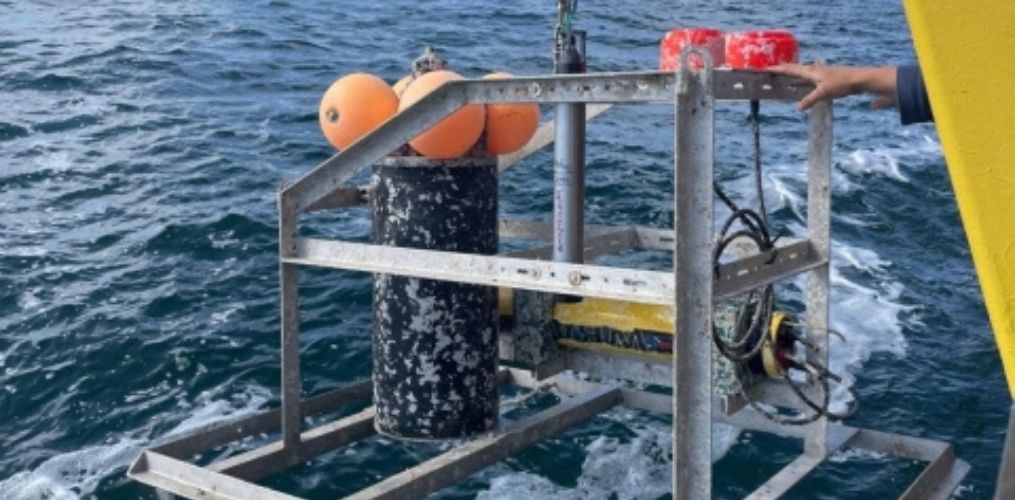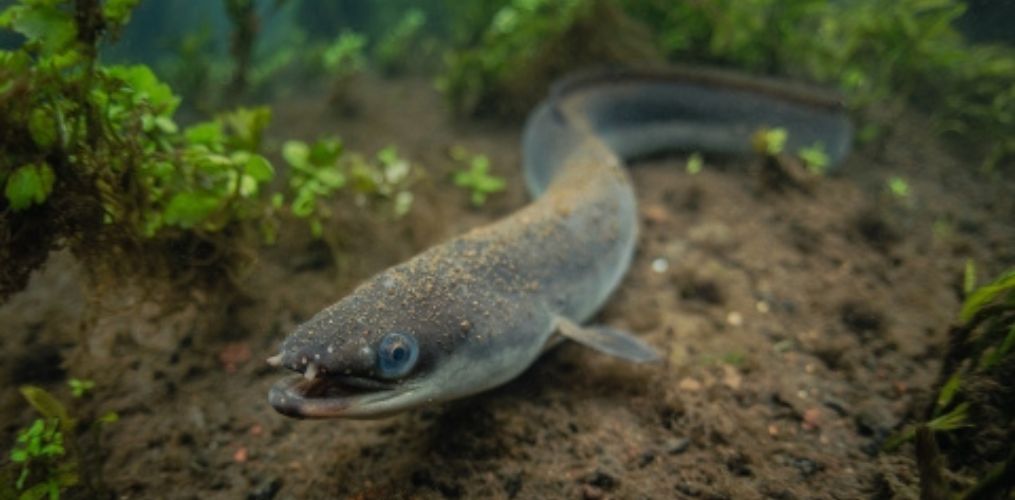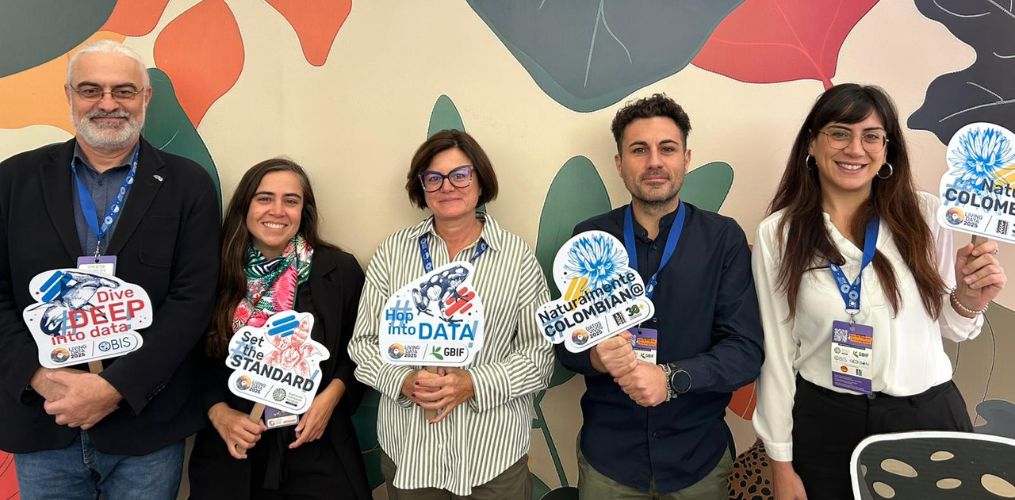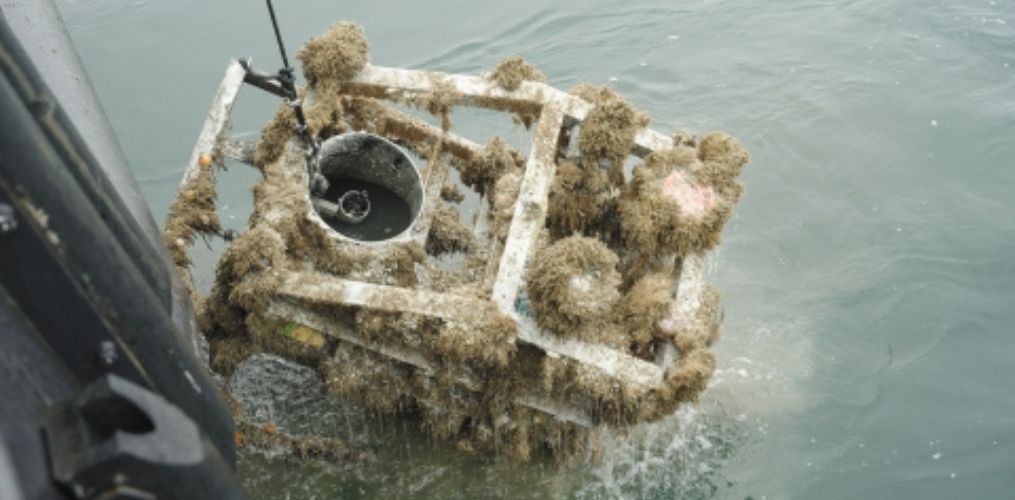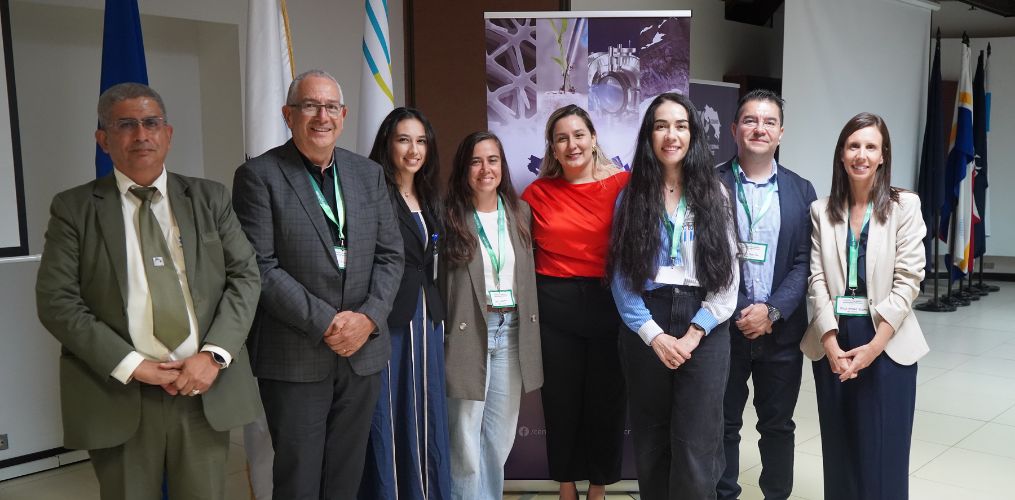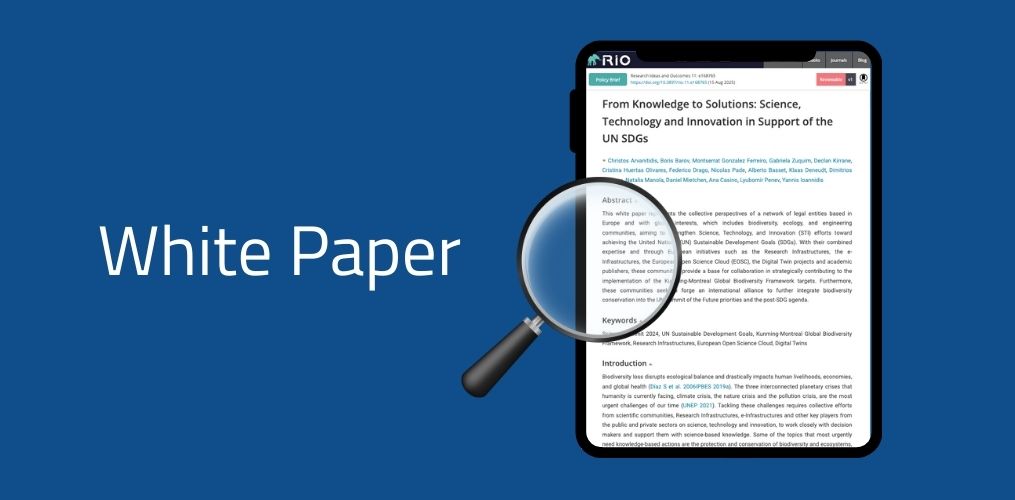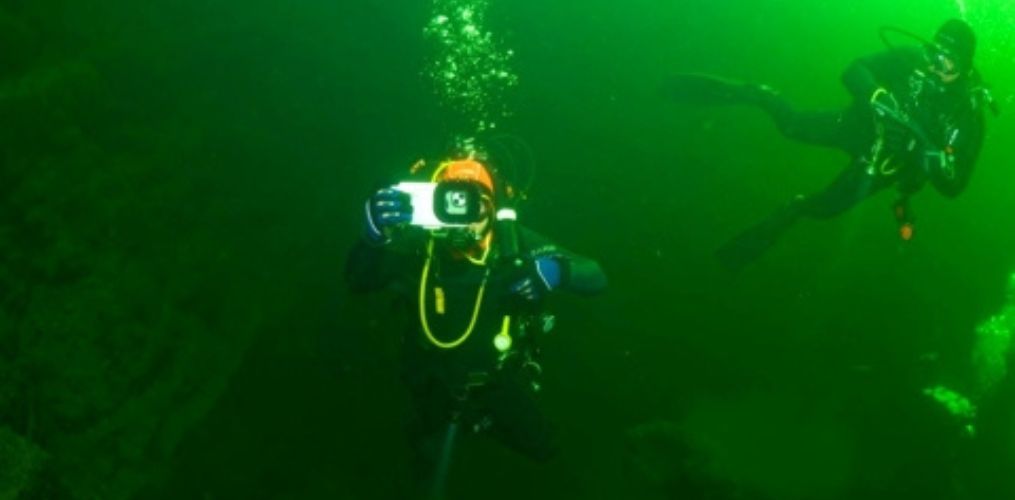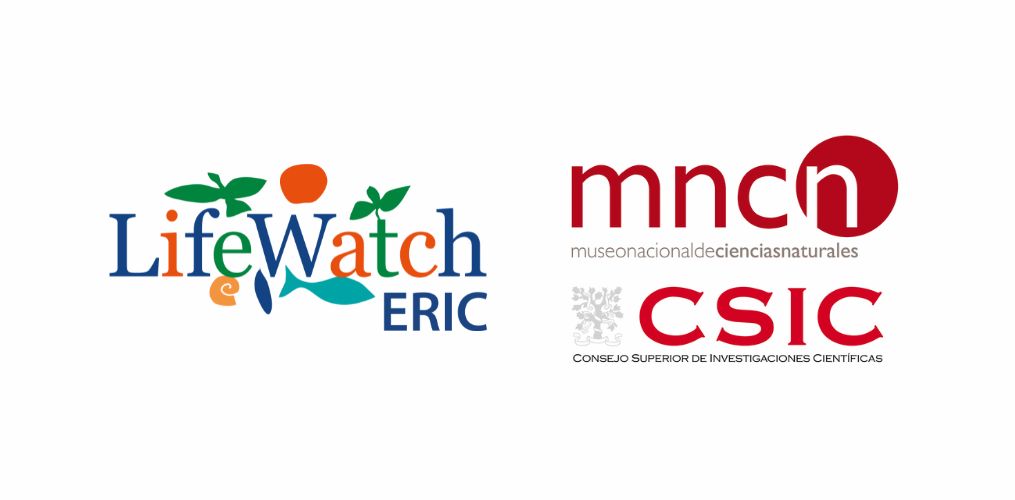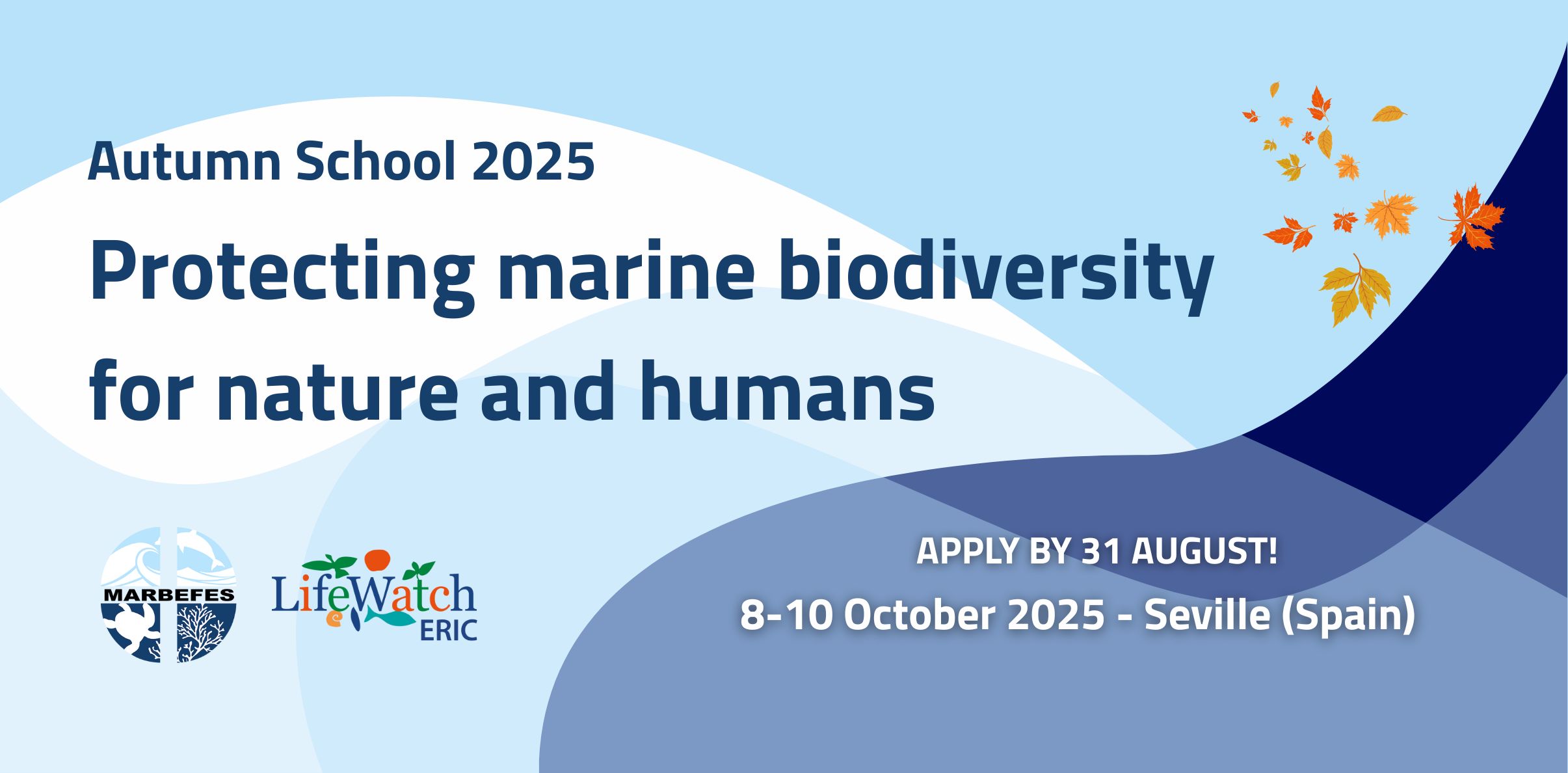The Living Data 2025 Conference took place in Bogotá, Colombia, from 21-24 October 2025, bringing together biodiversity networks, scientists, researchers, practitioners and other experts from around the world. The event offered an opportunity to connect with the Latin American community and exchange experiences with global biodiversity data initiatives.
This year’s programme focused on three main themes:
- Building standards that promote data sharing and interoperability;
- Bringing together and providing access to diverse sources of information;
- Monitoring our progress toward conserving and restoring the planet’s biodiversity.
LifeWatch ERIC participated actively in the event, co-organising a symposium led by Christos Arvanitidis, CEO, together Niels Raes (NLBIF/Naturalis Biodiversity Centre), Lyubomir Penev, Peter Bozakov, and Nikol Yovcheva (Pensoft Publishers) , titled “Long Live Biodiversity Data: Knowledge Transfer and Continuity across Research Projects”. The session spread over two days, 22 and 23 October (the recording is available here: https://www.livingdata2025.com/program.html?session=6788879-1_2025-10-22_Caldas).
The symposium addressed one of the main challenges in international research projects: their limited duration. The discussion therefore focused on how to ensure that the knowledge and data produced continue to have an impact beyond the projects’ lifetime.
Experts from across DiSSCo, LifeWatch ERIC and Pensoft communities explored strategies for securing the legacy of research results through open science practices, with a particular emphasis on the quality of data for effective reuse, the standardisation of nomenclature, and the development of FAIR foundations for biodiversity genomics. They also discussed the integration of digital tools to enhance collaboration, from platforms for data-rich publication to systems enabling faster communication of invasive species alerts and the translation of local findings into policy-relevant knowledge.
Christos Arvanitidis presented the Biodiversity Knowledge Hub, developed within the BiCIKL project, as a concrete example of how European and global communities can work together to ensure lasting access to biodiversity knowledge in his talk, titled “In his talk, titled “Biodiversity Knowledge Hub: Bridging Research Infrastructures, Aggregators, and Communities – Past, Present, and Future”.
Examples from several international initiatives demonstrated how the continuity of biodiversity data can be maintained through information hubs, semantic frameworks, and collaborative workflows that enable exchanges within the global biodiversity data space.
In parallel with the symposium, LifeWatch ERIC and LifeWatch Italy contributed several oral presentations:
- Christos Arvanitidis | Transforming Knowledge into Practice: Science, Technology and Innovation in Support of the UN SDGs.
- Christos Arvanitidis | Biodiversity Knowledge Hub: Bridging Research Infrastructures, Aggregators, and Communities – Past, Present, and Future
- Maite Irazábal Pla | A FAIR tool for assessing the environmental impact of energy transition policies.
- Andrea Tarallo | A new platform to build and support citizen science projects in biodiversity.
- Andrea Tarallo | LifeWatch Italy infrastructure: a national asset for Open and FAIR Biodiversity Data.
- Martina Pulieri | Bridging biodiversity data: an ontology-driven approach
- Ilaria Rosati | Traits Thesaurus: a semantic artefact to harmonise data and metadata of aquatic organism traits
- Cristina Di Muri | A FAIR and Open approach for the study and integrated management of Invasive Alien Species in Italy
- Cristina Di Muri | Empowering data integration and semantic interoperability across environmental domains to address the biodiversity crisis and related environmental challenges.
Overall, it was a wonderful opportunity to reconnect with project partners, exchange ideas with institutions from our field, and meet colleagues from our national node, LifeWatch Italy. Take a look at the conference website for updates, recordings, photos and more: www.livingdata2025.com
In the picture: Christos Arvanitidis, Maite Irazábal Pla (LifeWatch ERIC), Ilaria Rosati, Andrea Tarallo, Cristina Di Muri (LifeWatch Italy).
